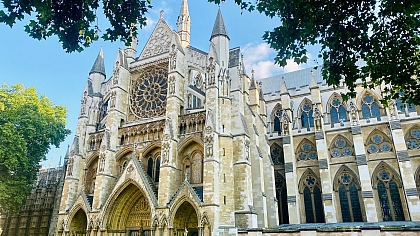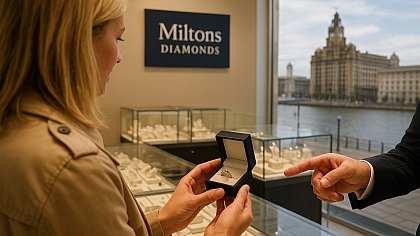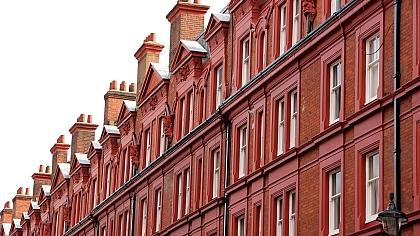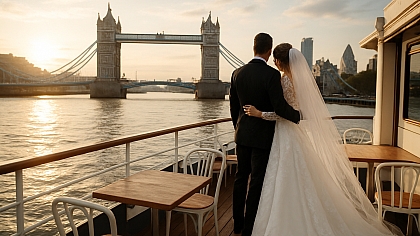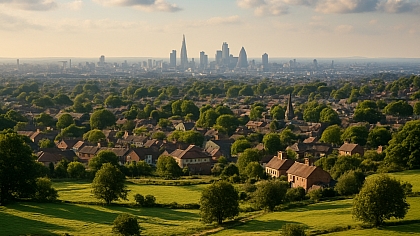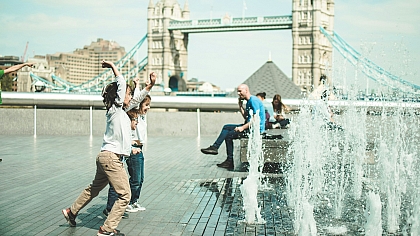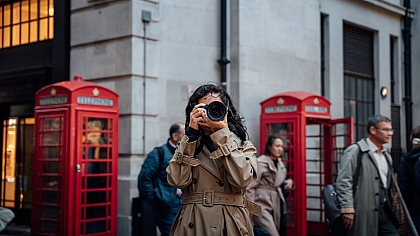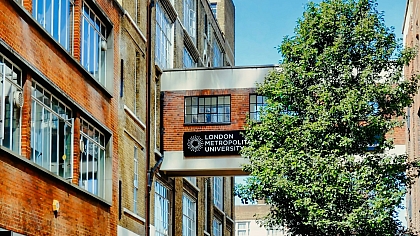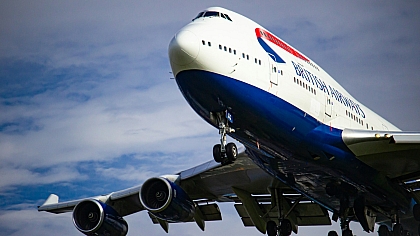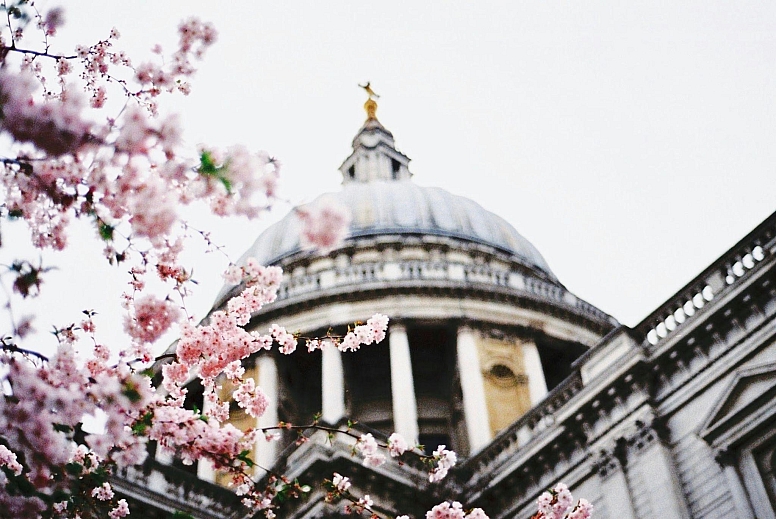
The Fascinating History of Flower Delivery in London
Explore the evolution of flower delivery services in London, from early times and royal influences to modern technological advancements and sustainable practices. We will highlight the cultural significance and changing trends in floristry, emphasizing the industry's impact on local communities and the environment.
Flowers have always been important to people in London. They can be a means of conveying love, support, or happiness. Flower delivery in London, UK, is a custom that shows off the city's rich cultural tapestry and shows how flowers have changed over time to become a part of people's daily lives and important events.
The Origins of Flower Delivery in London
The history of flower delivery in London is a captivating journey, reflecting the city's evolving culture and traditions. From the bustling markets of the past to the technological advancements of today, each stage has played a crucial role in shaping the industry.
- Early Flower Markets: The tradition began in vibrant markets like Covent Garden, where flower sellers sold freshly picked blooms.
- Royal Influence: The Royal Family significantly boosted the popularity of flowers, with grand events like weddings and coronations adorned with elaborate floral arrangements.
- Professional Floristry: The 19th century saw the emergence of floristry as a profession.
- War Years Impact: During the World Wars, flowers became symbols of hope and resilience. Florists continued their trade, helping to maintain morale through their colourful offerings.
- Post-War Boom: The post-war period brought a resurgence in flower shops, with the introduction of new flower varieties and more artistic arrangements reflecting the era's optimism and creativity.
- Technological Advancements: The arrival of the telephone and the internet revolutionised the industry.
Early Traditions
In early London, when the streets were very busy, flower markets like the famous Covent Garden were very important to the daily life of the city. In the 1600s, Covent Garden was more than just a market. It was a busy place where flower sellers, who were often young girls called "flower girls," sold newly picked flowers. Flower vendors selling bunches to people walking down the street became a common sight in Victorian times, adding to the romantic feel of this picture.
Influence of Royalty
People in London have always been passionate about giving flowers because of the Royal Family. Royal weddings and coronations in the past were decorated with beautiful flower arrangements that set trends that spread through society. The grandeur of these royal events made flowers even more important, making them a must-have for both public and private parties.
Development of Floristry as a Profession
As a career, floristry became more well-known in the 1800s. As ways to store and move flowers got better, florists started to grow all over London. During this time, new technologies were created that made it possible for flowers to stay fresh for longer, which let flower delivery services reach more than just local markets.
Evolution Through the 20th Century
The War Years
Flower delivery services in London were changed a lot by the World Wars. Flowers became a sign of hope and strength during these rough times. Even though there were shortages and rationing, florists came up with creative ways to keep their businesses going. Their bright arrangements helped boost the mood. Flowers gave people peace and a sense of calm during these hard times.
Post-War Boom
The years after World War II were excellent for flower shops in London. There were a lot more kinds of flowers on the market in the 1950s and 1960s, as new, unusual flowers were introduced. During this time, flower displays became more noticeable and artistic, showing how creative and optimistic people were then.
Technological Advancements
Flower service has changed a lot since the phone and then the internet came along. Because these new technologies made it simple to buy and send flowers, flower delivery networks and chains grew. Suddenly, a phone call or a few clicks could send a gift across the city. This made flower delivery easier and faster.
Modern Flower delivery in London
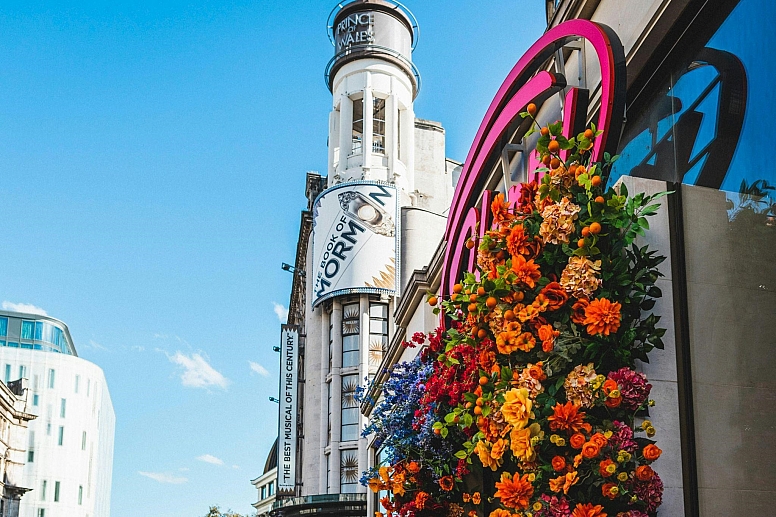
Online Flower Delivery Revolution
There has been a big change in the 21st century, which has seen a significant shift towards online flowers and same-day delivery services. The ease of buying flowers online and the popularity of social media have changed the flower business. Florists now show off their work on sites like Instagram and Pinterest, which has new and exciting effects on flower trends and marketing.
Sustainability and Ethical Floristry
Sustainability and ethical standards have become more important in the flower industry in recent years. London flower shops are trying to lessen their carbon footprints by buying flowers that are locally and environmentally friendly. A deeper dedication to environmental responsibility is demonstrated by programs to utilise sustainable packaging materials and assist regional farmers.
Personalisation and Customisation
Technological advancements allow florists to offer interactive online tools that help customers design their own floral creations.
- Personalisation: Customers can choose specific flowers, colours, and styles to create bespoke bouquets that reflect their individual tastes.
- Customisation: Interactive online tools allow customers to design their own floral creations.
- Convenience: Modern flower delivery services offer the ease of ordering from anywhere, at any time, with options for same-day delivery.
- Quality Assurance: Advanced logistics and preservation techniques ensure that flowers arrive fresh and in perfect condition.
- Sustainability: Many modern florists are committed to eco-friendly practices, sourcing flowers sustainably and using recyclable packaging, contributing to a greener and more ethical industry.
London's flower delivery history is intriguing, spanning from the busy Covent Garden markets to modern, eco-friendly, high-tech methods. Every turning point has influenced the way Londoners use flowers to communicate their feelings, mirroring shifts in society, technology, and morals.
Sending and receiving flowers is part of a very meaningful and historical tradition that allows us to appreciate the small but meaningful act of sending flowers in this dynamic metropolis.
